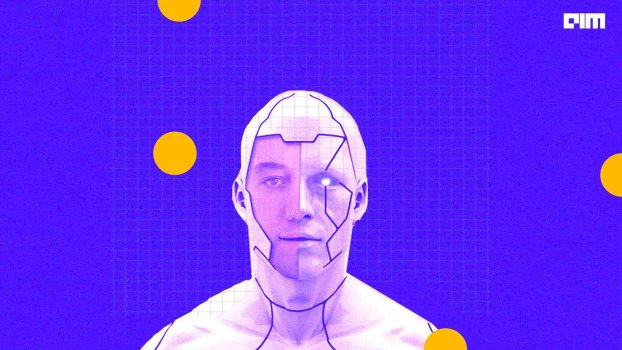We are gravitating towards technological singularity. Futurists like Louis Rosenberg, Ray Kurzweil, and Patrick Winston have predicted the timeframe for ‘super intelligence’ (between 2030-2045). But are these timelines realistic? And what approaches (supervised, semi-supervised, or unsupervised learning) will get us there?
Andrew Ng, founder and CEO of Landing AI, swears by smart-sized, “data-centric” AI, whereas Meta’s VP & Chief AI Scientist, Yann LeCun thinks “the revolution will not be supervised”. Instead, he proposes using self-supervised learning to build AI systems with common sense, taking us a step closer to human-level intelligence.
Data
Supervised learning uses a labelled dataset to teach models how to map inputs to desired outputs. The algorithm gauges its accuracy through the loss function, adjusting until the error has been minimized. Supervised learning is currently the most prevalent machine learning approach, with applications in fraud detection, sales forecasting, and inventory optimization.
According to a recent O’Reilly research, 82% of respondents claimed their company prefers supervised learning over unsupervised or semi-supervised learning. As per Gartner, supervised learning will continue to be the most popular type of machine learning in 2022.
“The last decade saw a leap towards deep learning. This decade, it may be towards data-centric AI,” Andrew Ng has said. Deep learning networks have made huge strides in the last decade. He believes the way forward is to improve the dataset while keeping the neural network architecture fixed.
Continue reading: https://analyticsindiamag.com/is-the-future-of-ai-supervised%EF%BF%BC/
Andrew Ng, founder and CEO of Landing AI, swears by smart-sized, “data-centric” AI, whereas Meta’s VP & Chief AI Scientist, Yann LeCun thinks “the revolution will not be supervised”. Instead, he proposes using self-supervised learning to build AI systems with common sense, taking us a step closer to human-level intelligence.
Data
Supervised learning uses a labelled dataset to teach models how to map inputs to desired outputs. The algorithm gauges its accuracy through the loss function, adjusting until the error has been minimized. Supervised learning is currently the most prevalent machine learning approach, with applications in fraud detection, sales forecasting, and inventory optimization.
According to a recent O’Reilly research, 82% of respondents claimed their company prefers supervised learning over unsupervised or semi-supervised learning. As per Gartner, supervised learning will continue to be the most popular type of machine learning in 2022.
“The last decade saw a leap towards deep learning. This decade, it may be towards data-centric AI,” Andrew Ng has said. Deep learning networks have made huge strides in the last decade. He believes the way forward is to improve the dataset while keeping the neural network architecture fixed.
Continue reading: https://analyticsindiamag.com/is-the-future-of-ai-supervised%EF%BF%BC/

